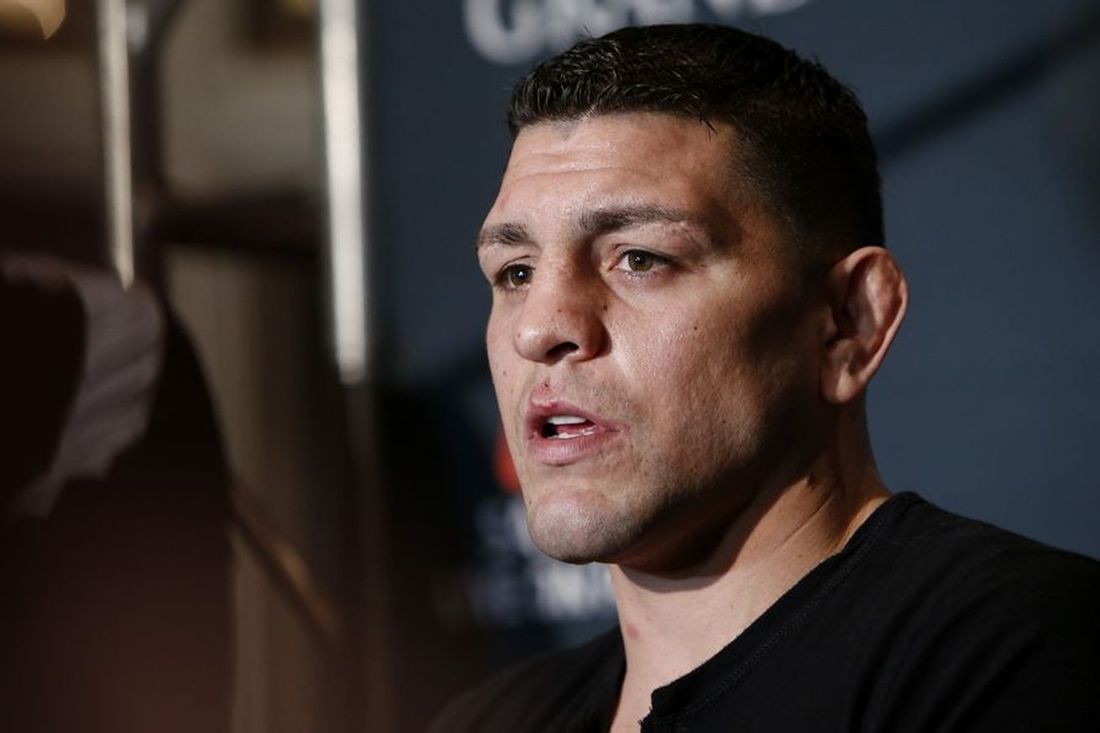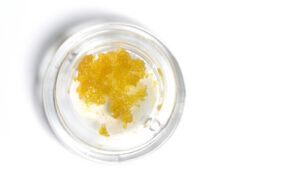The UFC (Ultimate Fighting Championship), is a professional MMA (Mixed Martial Arts) organization that began in 1993. The organization was founded on a Brazilian form of MMA known as Vale Tudo, which is Portuguese for “anything goes”. As the term would imply, these competitions allow various styles of martial arts to be used. In fact, most competitors would consider it a requirement to master multiple styles in order to have a fighting chance in the octagon. As far as how the organization fits into the sports world as a whole. One could easily argue that the UFC is the NFL or NBA of professional mixed martial arts. While combat sports themselves are a polarizing subject, the fact is that the UFC is now the largest Pay-Per-View event provider in the world, airing in over 800 million households. There is no question they have become a major influence in our society.
As with any major sporting organization that becomes influential, the UFC has come under heavy scrutiny on many policies regarding their fighters. One of which is the policy on drug testing, or more specifically, testing for marijuana. Once marijuana started becoming not only medicinal, but recreational across the U.S., the UFC had to take a stance on its use during competition. So, in July 2015, they implemented a new set of drug testing policies in partnership with the USADA (United States Anti-Doping Agency). These new policies included marijuana as a stimulant that would only be tested for while “in competition”. They define “in competition” as six hours before the weigh-in, which is the night before a fight, as well as being tested six hours after the fight itself. While this may not sound like an immediate concern to some, it did not take long for controversy to break out. Soon after the policy’s implementation, one of the organization’s more outspoken fighters failed a drug test for marijuana. That fighter, Nick Diaz, ended up being the first to get hit with the harshest possible punishment of a 5 year suspension from the UFC. Being 32 years old, this essentially retired Diaz from the organization, sparking outrage from many fighters.

While that punishment may initially sound extremely harsh, one must also understand that he had already been suspended for failing marijuana tests before the policy was put into action and he was well aware of the policy’s consequences which consist of the following:
**1st Offense: 1 Year Suspension (With additional years possible for aggravating circumstances, such as failing tests before the policy’s implementation)
**2nd Offense: Double 1st Offense
**3rd Offense: Double 2nd Offense
While this may seem very clear cut, many have an issue with marijuana being tested for in the first place. Even Dana White, the president of the organization, has discussed the difficulty in punishing someone for marijuana while not punishing them for using TRT (Testosterone Replacement Therapy). The latter of which could potentially hurt someone if used incorrectly. However, this may be a slightly more complex problem than it seems, and it all lies in how we classify cannabis.
For some, marijuana could be a stimulant if it happens to be the right strain before a fight. While for others, it may simply be a method of dealing with the inflammation and side effects of training, not to mention the post-fight pain. But then how do we test for it properly as far as timing and threshold? And if we are going to test for it, how should we classify it correctly? Because it is hard to put a substance that does so much in a single class or definition. These questions are not unique to the sports world. Sports just happen to be on the forefront of having to deal with it. And we should be paying close attention to how they do. Soon we will be asking ourselves these questions not just as a state, but as a nation.




